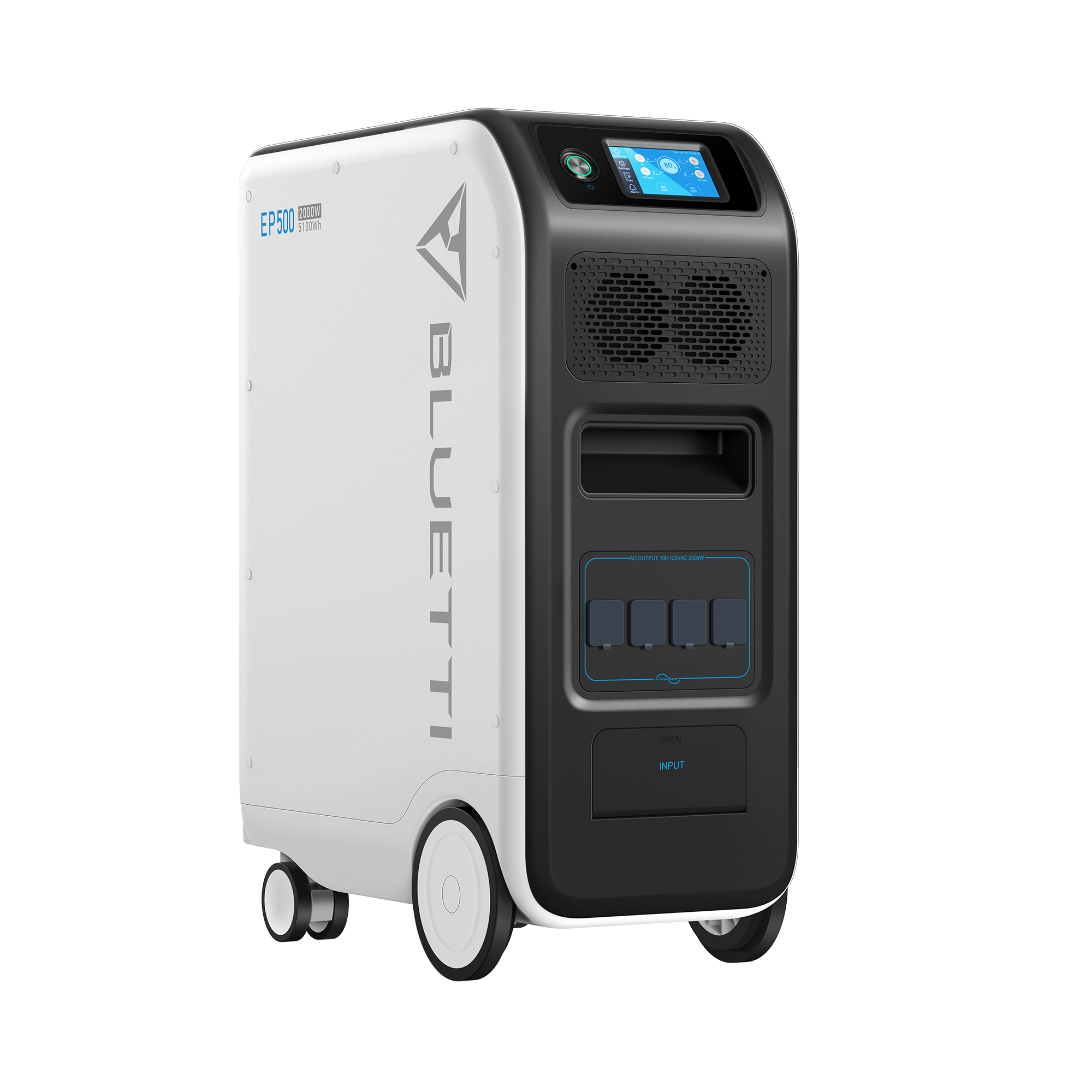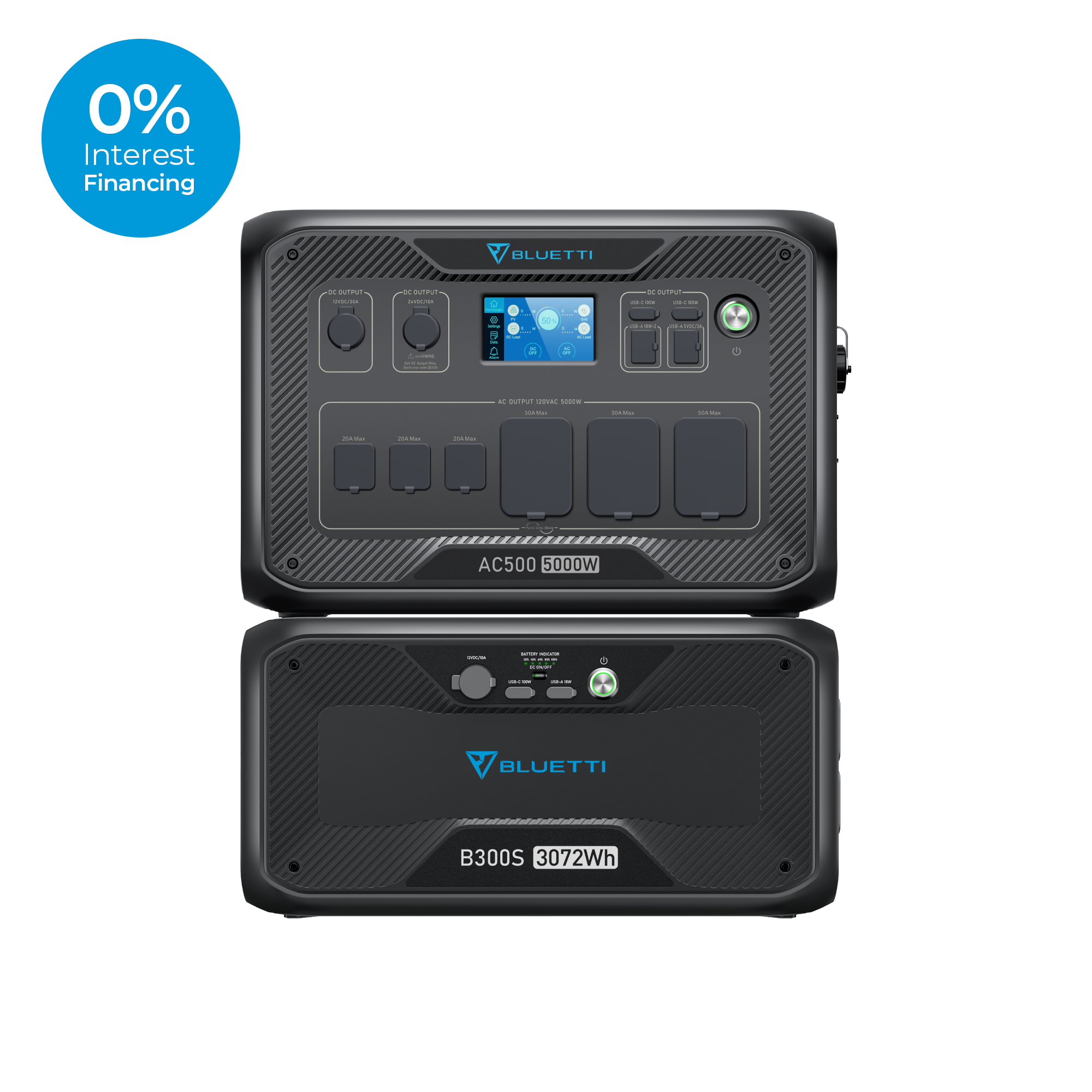While summer's sunbathing allure is undeniable, the season also brings the threat of volatile weather in the form of hurricanes. The Atlantic hurricane season begins in June and lasts until November, impacting coastal areas in the Gulf of Mexico and even reaching hundreds of miles inland.
The looming threats of climate change have exacerbated these conditions, increasing both the frequency and intensity of hurricanes. Therefore, understanding what to do before, during, and after a hurricane has never been more critical.
This guide comprehensively defines hurricanes, explores their causes, and provides essential steps for preparation before, during, and after these storms. Additionally, it offers valuable insights into recognizing the various warning signs of an approaching hurricane.
What Is a Hurricane?

Hurricanes, simply put, are the worst form of a storm. The hot water on the surface of oceans evaporates and turns into low-pressure weather systems called tropical cyclones.
These cyclones with a wind speed of below 39mph are called tropical depressions, and those with wind speeds above 39mph are called tropical storms. This wind speed, when crosses the threshold of 74mph or 119 km and is sustained, converts into a hurricane.
Based on the Saffir-Simpson Hurricane Wind Scale, hurricanes are rated between 1 and 5. The higher the number of hurricanes, the more speed and destruction they will have. The areas most prone to hurricanes are the Atlantic Ocean, the North Pacific Ocean, the Caribbean Sea, and the Gulf of Mexico.
What Causes a Hurricane?
Hurricanes are the worst form of storms. These natural calamities are fueled by warm ocean waters, usually in the Atlantic basin. The first fundamental element in a hurricane formation is warm water with a temperature above 27 °C. The warm water evaporates and rises high, and surrounding air rushes to fill the lacuna. The phenomenon continues, resulting in the formation of dense clouds.
The second important parameter is the availability of steady wind. As cloud formation continues, the speed of wind inside these storms keeps increasing, gaining energy from warm waters. When the wind speed touches the milestone of 74mph or goes above, these storms are called hurricanes. The wind also gives them their spiral shape with a blank space in the center, referred to as the hurricane’s eye.
What to Do Before a Hurricane?
Hurricanes could be short-lived and extend even more than 2 or 3 weeks. If not well-prepared in advance, they can unleash havoc at large scales in both scenarios. So, understanding what to do before a hurricane is critical. The pointers below can offer valuable insights in this regard.
- Firstly, ensure you are updated on current weather patterns by subscribing to news alerts, message pop-ups, and other community groups.
- Learn the hurricane patterns. This means understanding the potential area to be affected by the hurricane, its duration, and intensity.
- Next comes your planning. If the warning is about a high-intensity hurricane, evacuation must be required. Review all the related details with your family, and if you are receiving continuous medical treatment, consult with your doctor for possible ways out.
- Further, make your emergency kit ready. It should be sized according to the duration of the hurricane and include necessary food items, important documents, and emergency medicines.
- The power supply is critical in storms. Ensure this by arranging a generator, or the best case is to opt for solar generator power kits. They are not only invaluable during power outages but also help cut energy bills during normal days.
- Lastly, take the photos of your property. This will help you make damage claims if your property is insured.
What to Do During a Hurricane?
Flooding is the basis of a hurricane, and it requires a lot of precautions to go through safely. Whether it is about downed electricity lines or managing through swift waters, knowing what to do during a hurricane can help you avoid a lot of worst consequences. Enlisted below are some important considerations in this regard.
- Do not go out unless it's necessary. The cumulative effect of high-speed winds with flooding could be extremely dangerous.
- If you are out, avoid walking in water. First, it has electricity hazards, and second, 6 inches of fast-moving water could take you with it.
- If you are in the car, the precautions are the same. However, the water level goes from 6 inches to 2 feet. So if this is the case, ensure you pulled the hand break, and if you are trapped and the water surface is rising, get on the top.
- Get continuous weather updates from National Oceanic and Atmospheric Administration (NOAA), a government body that monitor hurricances.
- If evacuation becomes necessary, take only the essentials.
- For those taking shelter inside home, choose for an area with minimum windows and doors. Also, the conditions can change briskly, so be prepared for any change in the plan.
What to Do After a Hurricane?

Once the calamity is over, it's time to return to normal life. However, this should be done with caution, as hurricane leftovers like property and infrastructure damage could pose threats. You can get help from the suggestions below.
- Staying informed about critical information disseminated through local authorities is critical.
- Go for a thorough check through the property and surroundings. If there are any emergencies, call 911.
- Call for a professional property inspection to ensure there are no building damages. In this regard, it's important not to touch humid electricity appliances, sterilize your walls with any antimicrobial spray, and check the gas pipelines.
- For those who evacuated, wait for a clearance call from authorities before returning home.
- Get in contact with relatives and community members to ensure their safety.
- Make sure to boil water before drinking until the water lines are secured by authorities.
What Are the Warning Signs of a Hurricane?
The inception of a hurricane takes place in the ocean, so it takes quite a few days for it to reach land, leaving enough time for authorities, usually the National Oceanic and Atmospheric Administration, to issue alerts in the form of Hurricane Watches and Warnings.
Hurricane watches are threats that indicate the availability of all the prerequisites for forming a hurricane, but it has not yet formed. Conversely, Hurricane Warnings are threat alerts that are conveyed when a hurricane has formed.
Depending on the lifecycle of a hurricane, the table below explains their various signs.
|
Timeline |
Signs |
|
2- 4 days before |
No obvious signs, Hurricane Watches might be conveyed by authorities |
|
1 day before |
High-speed winds and ocean surfaces start swelling |
|
12 hours before |
Heavy clouds with rainfall and wind speed reach 70mph |
|
1- 6 hours before |
Winds above 70 mph, depending on the category of hurricane. High waves are usually above 15 feet with dropped pressure and flooding. |
|
During hurricane |
Worst conditions include volatile winds, heavy rain, and clouds. |
Home Battery Backup for Emergency Cases
Electrical installations are the most vulnerable structures in storms, and this vulnerability increases many folds if the storm is a hurricane. This could result in prolonged power outages for days and weeks. So, a reliable power backup is critical to maintaining communications and staying vigilant about changing weather patterns.
Conventional generators lag behind due to their dependence on regular fuel supplies, which are difficult to sustain in volatile weather. Solar generator kits are valuable alternatives when all other conventional power backups fail. Their power source is free and sustainable.
BLUETTI solar generators go a step further by offering a PRICE MATCH GUARANTEE, ensuring the best available price and efficiency together. Below are the top 3 choices of solar generators that are equally good for offering a reliable power supply during hurricanes and help you cut significantly on your monthly power bills.
BLUETTI EP500 Solar Power Station
EP500 is a solar backup on wheels that ensures continuous power supply with its extensive 5120Wh battery capacity. So whether you are escaping hurricanes or getting shelter in your basement, the system is perfect for both circumstances.
Further, its 2000W output capacity is enough to run multiple devices simultaneously. Other features include enhanced safety through a Battery Management System, easy touch-less operations with Wifi and Bluetooth, and high compatibility with integrated dual micro-computer.
But what truly makes EP500 exceptional is its 30-day price match guarantee and 3500+ charge cycles, which ensure a battery lifespan of more than 10 years with one charge cycle per day. So no longer worry about blackouts when EP500 is there to help you out.
BLUETTI AC500 + B300/B300S
If you are in search of a power backup that can run almost all your appliances simultaneously, AC500 could be perfect for you. Its 5000W output capacity with 10000W surge can withstand the power needs of all a medium-sized home.
Perfect for both energy savings and power outages, this modular system features a 3072Wh LiFePO4 battery, which can further be extended up to 18432 Wh with additional B300 batteries. And, of course, the 3500+ charge cycles are enough to offer the best ROI.
Other features of AC500 include 7 different charging streams, 16 output ports, and smart control with Wi-Fi and Bluetooth. Still, if you are wondering why you should buy this, a 30-day price match guarantee and a whopping $929 savings in terms of a 30% federal tax credit could further facilitate your decision.
BLUETTI EP800+B500 Home Battery Backup
EP800 is more than a power backup. It's your personal small powerhouse that can be charged through multiple means and can effortlessly help you go completely off-grid.
Whether you need a power supply for your whole home or for your business, EP800, with its 7600W output capacity and compatibility with both 120V and 240V appliances, is surely your way forward. Further, its pre-built 9.9 kWh battery capacity can be extended up to 19.8 kWh, enabling power backup for days and weeks.
The unit is compatible with both new and existing solar panel setups. In case of power outages, it takes less than 20 ms to reestablish a reliable power supply that keeps all your appliances running.
Its cobalt-free LiFePO4 battery not only ensures zero carbon footprints but also comes with a 10-year warranty to further boost your trust in BLUETTI. Also the unit is compatible to use both indoors and outdoors.
Final Thoughts
Hurricanes are common in the US, especially in coastal areas, and are synonymous with large-scale destructions. Staying informed and vigilant before, during, and after hurricanes could effectively curtail the overall losses.
A reliable power supply is critical in this regard. Though various conventional sources can be used as stop-gap approaches, solar power kits are the best alternative to ensure the reliability and efficiency of your power backup. Visit BLUETTI now to choose what aligns best with your needs.









































































